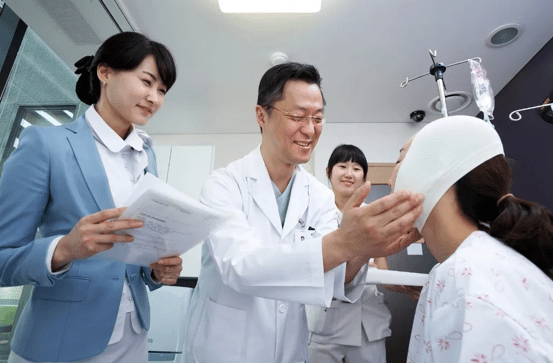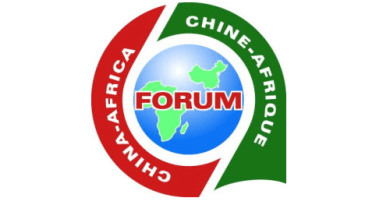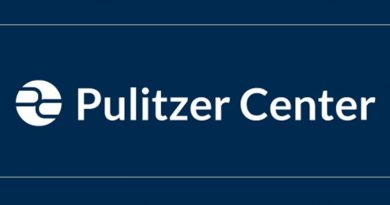How demand for skin care and plastic surgery is fueling South Korea’s booming medical tourism sector
Last year, the number of foreign patients coming to South Korea for medical tourism reached a new peak. The Ministry of Health and Welfare reported on Monday that the total of foreigners seeking medical treatment in Korea surged to 605,768 in 2023, marking a significant 144.2% rise from 2022’s 248,000 visitors.
This figure represents the highest level since 2009, when Korean medical facilities were first permitted to cater to international patients, and it reflects a 21.8% increase from the pre-pandemic peak of 497,000 in 2019. Foreign patients mentioned in these statistics are non-resident foreign nationals not covered by Korea’s national health insurance scheme.
The ministry attributed last year’s substantial growth to Korea’s cutting-edge medical technology and services, which have been actively promoted to attract medical tourists from abroad since May of the previous year.
The most sought-after medical services among foreign patients visiting Korea in 2023 were dermatology treatments (35.2%) and plastic surgeries (16.8%). Additionally, 13.4% of visitors sought assistance from internal medicine specialists, while 7.4% visited health check-up facilities. A total of 198 countries were represented among the foreign patients who traveled to Korea last year.
In terms of patient nationality, Japanese individuals topped the list with 187,711 visitors, making up 31% of the total. They were followed by Chinese patients (112,135 or 18.5%), Americans (76,925 or 12.7%), Thais (30,844 or 5.1%), and Mongolians (22,080 or 3.6%).
66.5% of foreign patients utilized clinics, while 13.5% visited general hospitals and 10.6% sought care at tertiary general hospitals. Oriental medicine clinics experienced a remarkable 690% growth in foreign patient numbers last year, indicating a surge in interest in non-surgical treatments such as acupuncture and herbal medicine.
Seoul emerged as the leading destination for skin care and plastic surgery among foreign medical tourists, attracting 78.1% of visitors. The greater Seoul metropolitan area, encompassing Gyeonggi Province, hosted 88.9% of all foreign patients, largely due to the concentration of plastic surgery and dermatology clinics in the region.
With a focus on enhancing Korea’s status as a prominent medical tourism destination in Asia, Jung Eun-young, the Director-General of the Ministry’s Health Industry Policy Bureau, emphasized the commitment to maintaining high-quality medical services for both domestic and international patients. For inquiries, contact Jung-hwan Hwang at [email protected].




